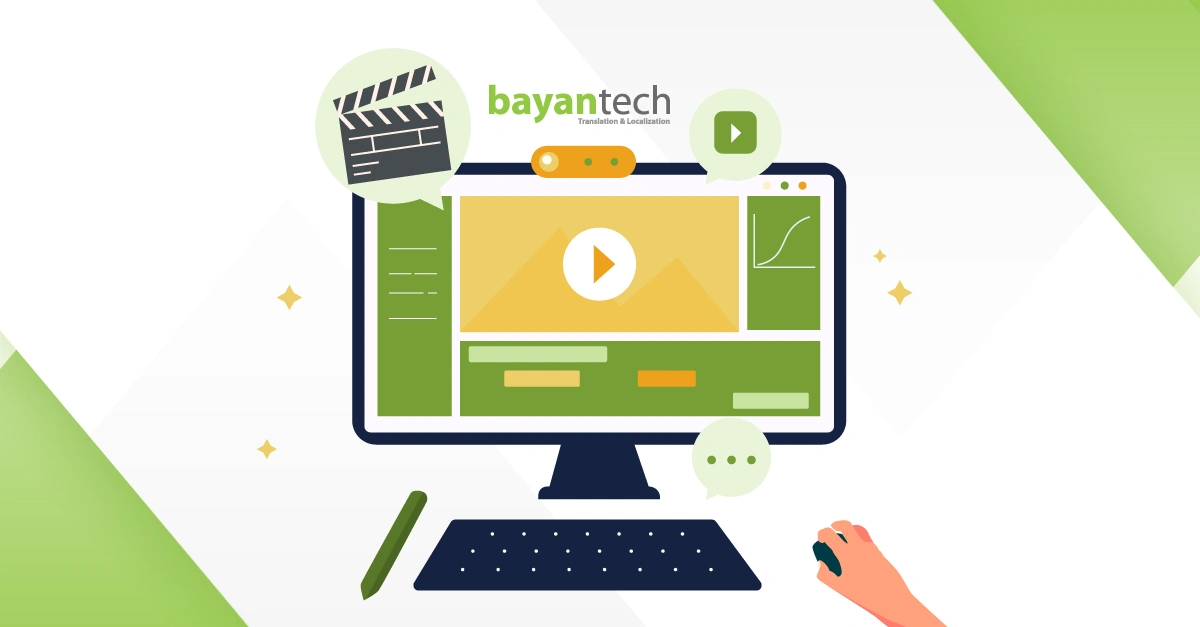eLearning: That’s What It’s All About
Imagine a world where learners don’t have to get out of bed early to learn, or where you don’t have to move from your sofa to learn about the world’s civilizations, the relativity theory, or marketing strategies, and simply learning is just a click-of-a-mouse away. Yes, eLearning!
Thank goodness, it’s the 21st century where technology has made such a dream come true. Perhaps, you’ve heard about eLearning or you’ve come across the word at least once in your lifetime.
While some might argue that this just a trend, we’d rather just say it’s a revolution.
eLearning, online education, distance learning, it’s come to be known by several names. Whatever you choose to call it, one thing remains undeniable: eLearning is one of these technological advances that has transformed our lives, in the best sense of the word, of course.
So, what is it all about? And why should you care? This blog will be bringing you answers to 3 crucial questions: WHAT, WHO, and WHY.
eLearning: What It Means
As you already know, the “e” in eLearning stands for electronic, which basically means internet-based learning or training provided using digital devices, like computers, tablets, and mobile phones. It comes in many forms and could be anything from free PDFs and PowerPoint presentations online to learning applications like Duolingo to tutorials, webinars, podcasts, seminars to online classes on Coursera, Udemy, Hubspot, and others, as well as interactive educational courses and employee training modules.
But, what does eLearning really mean to you?
On a wider scope, eLearning is all about a healthy learning experience that’s well-fitting to the fast-paced nature that distinguishes this modern digital era.
This is realized through 3 main advantages.
Flexibility
eLearning is not time-bound; it doesn’t involve any kind of time pressure. The pressure here refers to a lot of things; the pressure to attend to the classroom, the pressure to study for years for a degree, the pressure of courses schedules when you are committed to your office working hours, the pressure of the necessity of developing a specific skill to improve your work conditions in a short period, and many other things.
This kind of education facilitates the whole thing, where you can learn whatever you want whenever you have time to do so, for an unlimited number of times. It all comes down to what time it best suits you to get down to it.
Affordability
Learning is priceless, but it doesn’t have to be expensive. That’s basically the essence of eLearning. Now, the internet is full of valuable data without costing you an arm and a leg. Unlike traditional learning, it’s cheaper and a great amount of online material is even free.
If this is not a huge technological leap, we don’t know what is.
Accessibility
Being internet-based, eLearning has gained the advantage of accessibility. It doesn’t matter where you are and why you are doing it, if you have internet access and a digital medium at work, at home, or even in a coffee shop, you have an all-access to tons and tons of online material and courses having infinite possibilities to learn, grow, and improve.
Who Can Make Use of eLearning Programs?
Technically, anyone and everyone can benefit from eLearning. This is a portal for people of different ages, different work and marital status, different interests, and with different needs.
Students: If you are a student in Japan, you can easily pursue a degree from Harvard while staying in your own room. It’s become as simple as that. No wonder universities are leveraging technology and eLearning programs, introducing ‘Virtual Learning Environments” and offering entire courses online. This has helped a lot in cost deductions of scholarships; there’s no need to travel and incur costs when you can just do it at home.
Organizations: With eLearning nowadays becoming the second most important training method within organizations, businesses are increasingly depending on eLearning with employee training courses as an integral part of their management, enabling staff training where they can effectively learn and work simultaneously. This has proven results in improving performance and efficiency and increasing adoption, retention, and ultimately revenue.
The demand for eLearning solutions shows where the market is expected to reach.
Housewives and Stay-at-home Dads, pensioners, kids, and the list goes on, learning has never been easier and more accessible.
Does your business need eLearning?
eLearning is booming in various industries for how powerful its impact is. The following statistics and numbers are enough to show the remarkable results of relying on eLearning in companies and corporations:
An IBM study shows that implementing eLearning training program has enabled employees to learn five times more material without increasing time spent in training.
The same IBM study shows also that corporations using eLearning tools and strategies have the potential to increase productivity by 50%.
Baron-Hall Study has revealed that e-learning requires 40% to 60% less employee time than traditional classroom learning.
Companies relying on eLearning for their staff training generate around 26% more revenue per employee.
According to Training Magazine and IOMA’s (2002) findings, a company that switches to some form of computer-based training saves 50% to 70%
As for school and higher education, by 2019, about 50% of all college classes will be based on eLearning.
Conclusion
This is the age of technology and information, the thing that has given rise to eLearning in the first place and it’s also why it’s not expected to be fading away any time soon. It has gained its superiority over traditional learning on so many levels, consequently becoming the most convenient way of learning for learners all over the world.
References
1. Brandon-hall.com, “E-Learning Across the Enterprise: The Benchmarking Study of
Best Practices,” (2000).
2. Brandon-hall.com, “Integrated Learning Systems: How to Choose an ‘All in One’
System for Your Organization,” (1999).
3. A report: Technology in FE – Developing Relationships & Delivering Value.
4. 2017 Training Industry Report by Training Magazine.
5. E-learning Market Trends and Forecast 2017-2021









